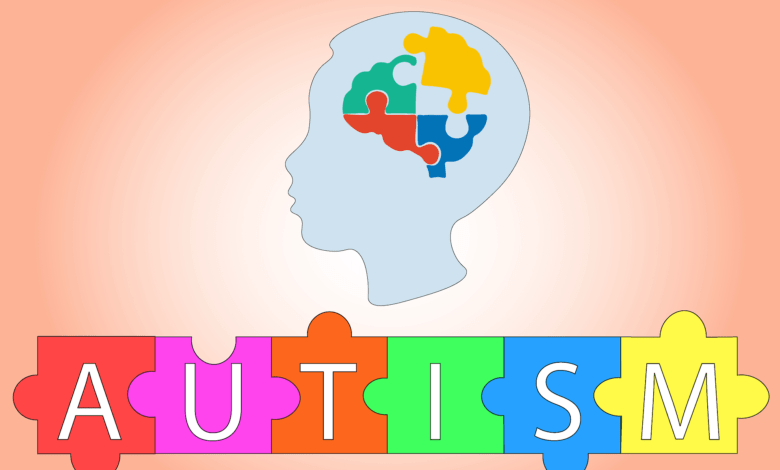How Autism is Noticed in Children?

“The first five years are very important in the early diagnosis of autism. In this way, the development of the child is supported in a timely manner with special trainings. ”The doctors drew attention to the symptoms of the disease.
Autism, which occurs in early childhood, is a complex, lifelong developmental problem that can affect a person’s social skills, communication, relationships with his environment and his own inner world. With the help of family members and specialists, early interventions enable children with autism to improve their learning, communication and social skills significantly. Children whose symptoms are neglected and cannot be diagnosed exhibit academic failures; grows up without social skills; has serious difficulties in adulthood.
3 MONTHS: Does not react to loud sounds. It does not watch things that move. He doesn’t smile at people. He does not put his hands in his mouth.
5 MONTHS: Cannot keep his head stable. It does not make a sound. He does not put objects in his mouth. When feet are placed on a hard surface, they do not push their legs down. Has trouble moving one or both eyes in all directions.
7 MONTHS: Does not try to get objects within reach. He does not show closeness to those who take care of him, like a hug request. He does not respond to the sounds around him. He does not make vowel sounds (a, e, o, u…) He does not laugh or squeak. It makes limited eye contact or not at all.
10 MONTHS: Shows little or no voice, smile, or other facial expressions. It does not give weight to your legs. It does not respond to its own name. He doesn’t know familiar people. It does not look at the indicated place. It does not transfer toys from one hand to another.
1 AGE: Little or no spelling output. Pointing, pointing, reaching out or waving. It does not make back and forth movements like. He gives little or no response to his name. It won’t crawl when you put it on the ground. It does not try to search for hidden objects. It cannot learn gestures such as heading or shaking hands. It does not point to objects. He begins to lose his previously acquired abilities.
1.5 AGE: Begins to use sign gestures and facial expressions to compensate for the lack of speech because of delayed speech skills. Sometimes his speech is limited to just repeating some of the words he heard in the moment. He cannot walk. He doesn’t know what familiar objects are for. It cannot imitate others. Has difficulty learning new words. It doesn’t matter or care when caregivers leave or come back.
AGE 2: Makes two-word sentences with little or no meaning. While playing, he does not look in the mother’s face or share the pleasure of playing together. He does not know what to do with common objects such as a phone, toothbrush, fork, spoon. Can’t follow simple instructions. It is not smooth to walk.
3 AGE: Falls too much or has problems with stairs. He drools or cannot speak very clearly. He cannot play with simple toys. He doesn’t talk in sentences. He doesn’t want to play with other children or toys. It does not make eye contact.
4 AGE: Does not show interest in interactive or imaginary games. It ignores other children or does not respond to people outside the family. Resists dressing, sleeping, and using the toilet. Does not follow 3-part commands. It does not understand the concepts of “same” and “different”. It does not use “I” and “you” correctly.
5 AGE: Demonstrates extreme behaviors (scared, aggressive, shy or sad). You are easily distracted. It does not react to people or only reacts superficially. It cannot tell what is real and what is imaginary. He does not say his name and surname when asked. It cannot use the plurals or the past tense correctly. It cannot talk about daily activities or experiences. He cannot draw a picture. He cannot brush his teeth, wash his hands, or undress without help. He begins to lose his previously acquired abilities.





